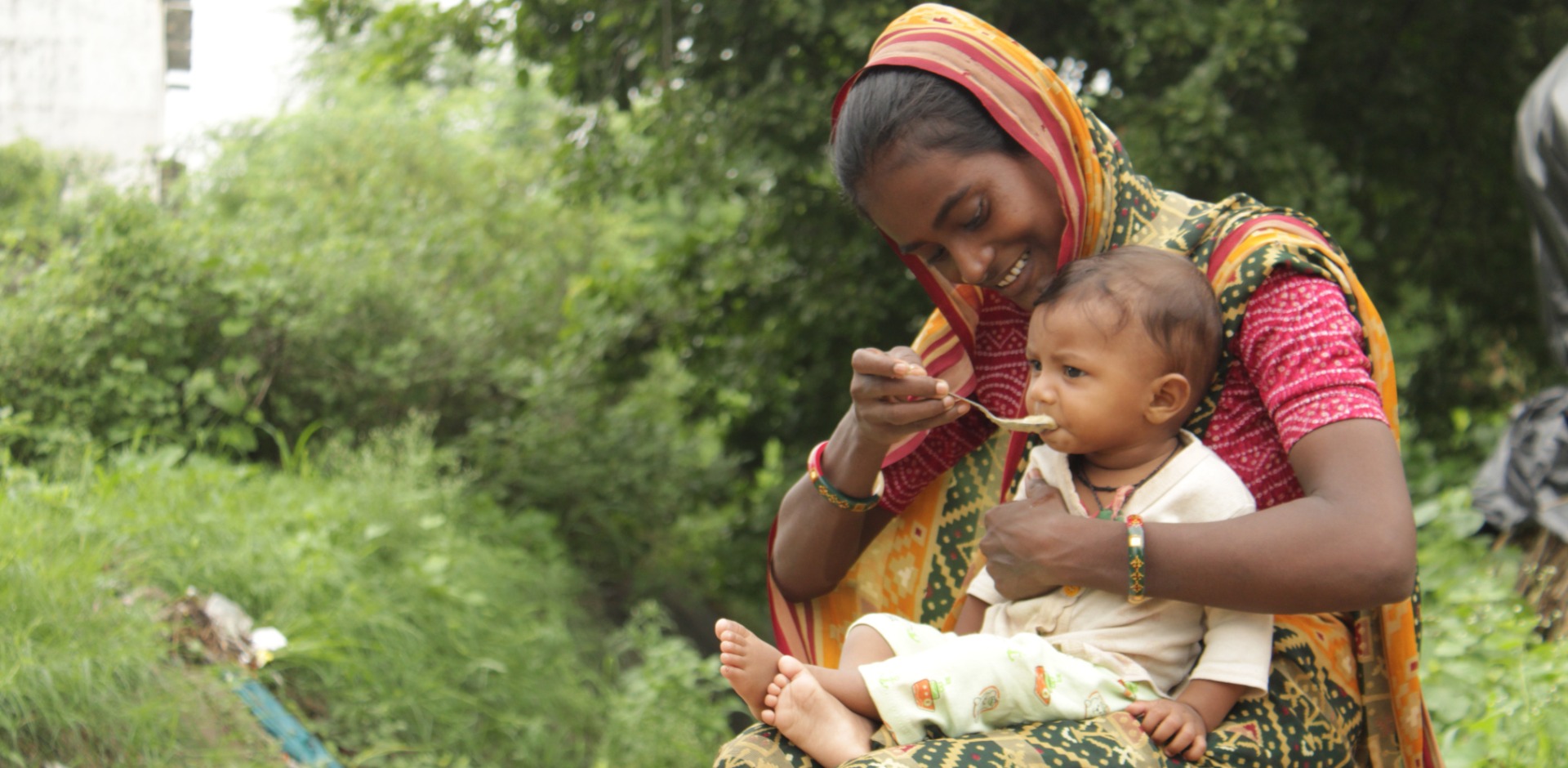
This Holiday Season, Give the Gift of Hope
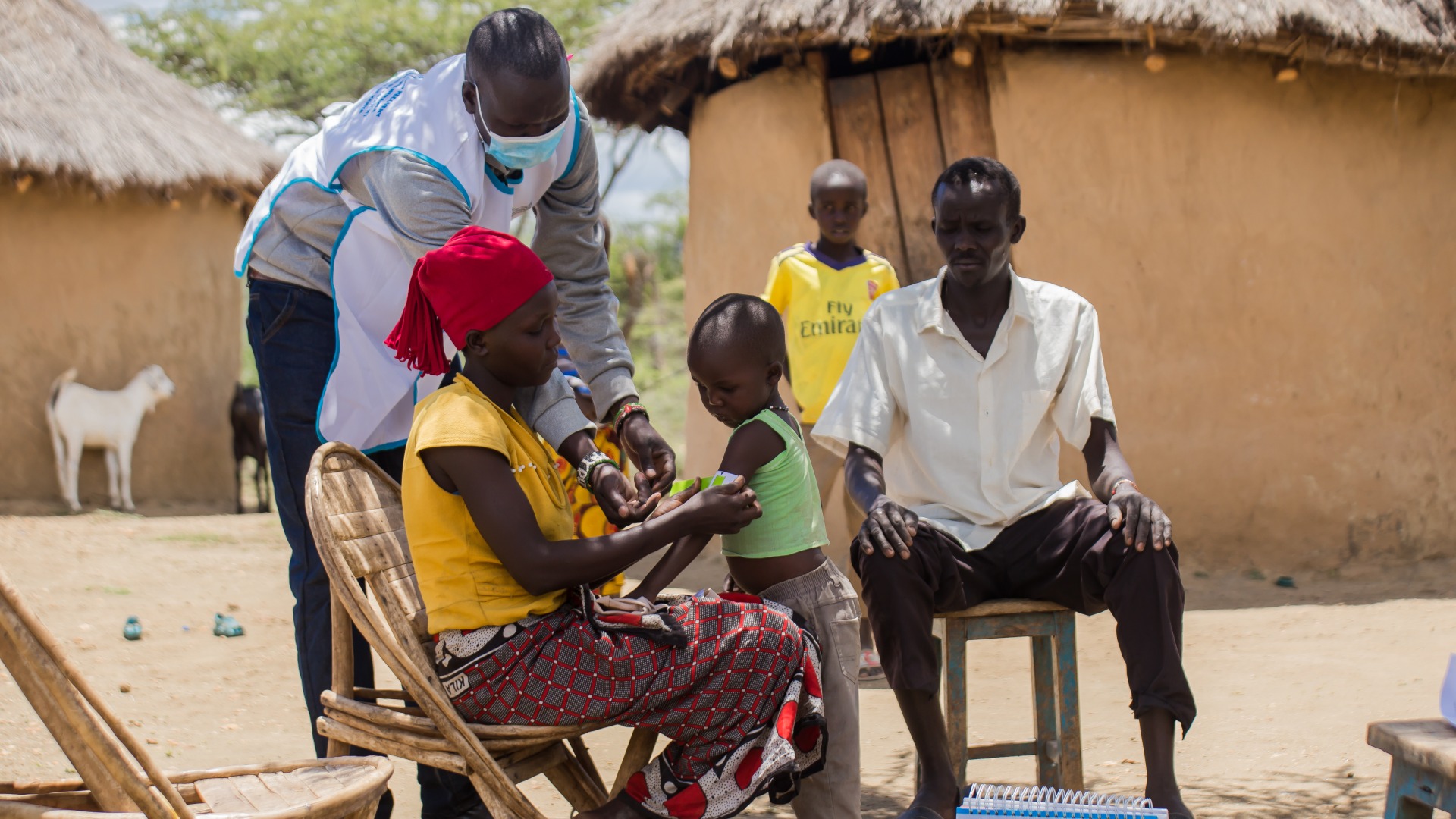

Action Against Hunger has helped to reduce the world’s proportion of undernourished people by half over the past three decades. Today, we are on the frontlines in the fight against hunger in 50+ countries.

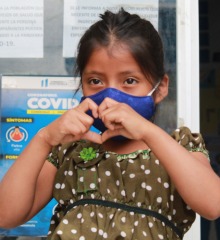


Action Against Hunger’s first decade was marked by famines of a magnitude rarely seen today in Uganda, Ethiopia, Sudan, and Somalia. To meet the needs of people in these countries and elsewhere, we grew: from our founding in 1979 to 1989, we expanded to more than 20 countries.
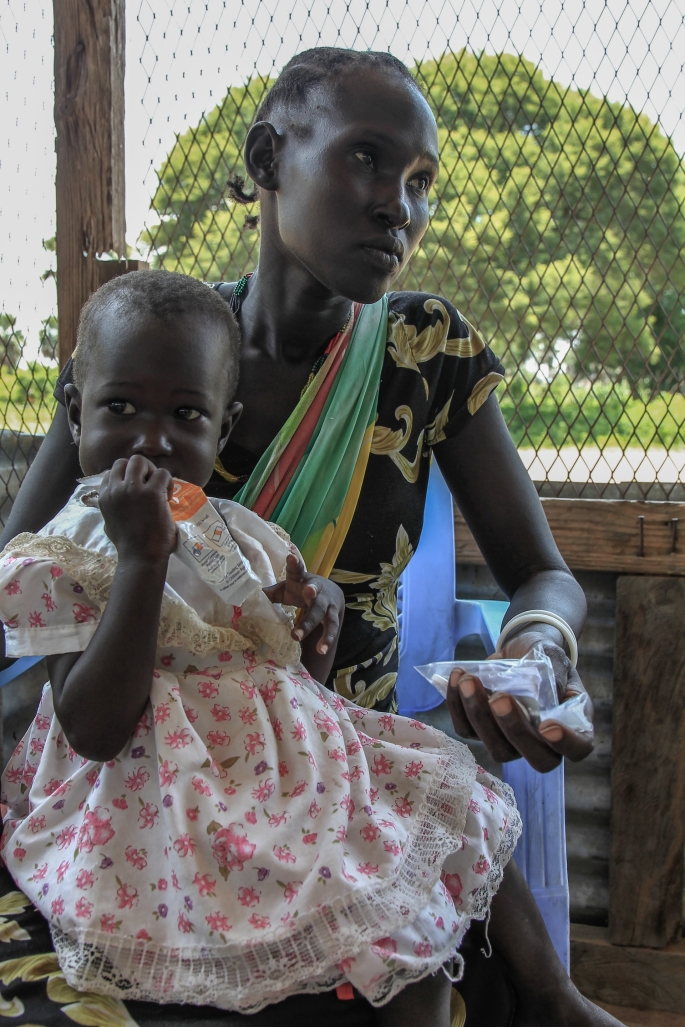
Thirty years ago, the medical community didn’t have a cure for malnutrition – so, in 1993, we created it. Our team of scientists developed F100, the first-ever therapeutic formula to treat severely malnourished children.
A few years later, scientists adapted this milk-based treatment to create Plumpy’Nut, the ready-to-use therapeutic food that can bring a malnourished child from a medical crisis to recovery in as little as 45 days. This peanut paste can last for years without the need for clean water or refrigeration and proved to be an even more effective treatment for malnourished children. We were the first organization to test it in our programs and, with evidence from our field research, we helped to develop the international standard for treatment protocols.
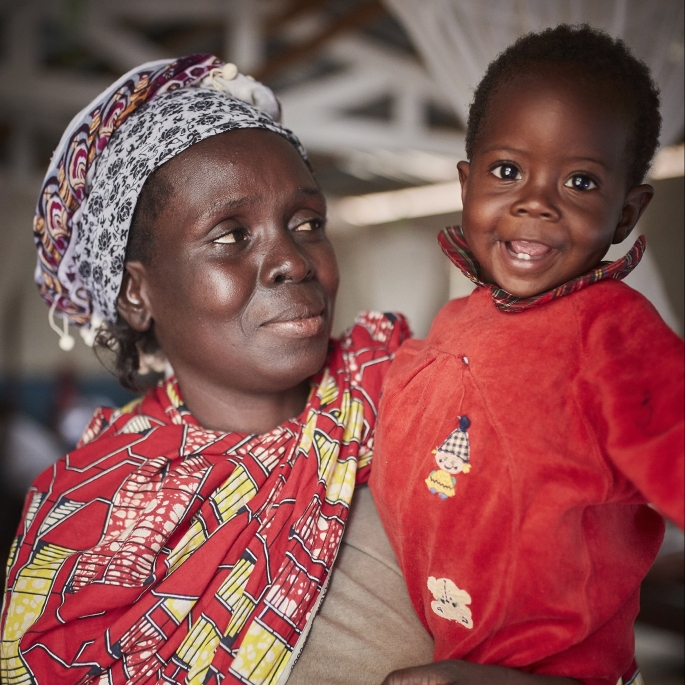
With the new millennium came new thinking: we challenged ourselves to transform where malnutrition could be treated – no longer just in hospitals, but in health centers and in communities. Action Against Hunger and our partners researched and began to implement the Community-Based Management of Acute Malnutrition (CMAM) approach, which allowed us to reach even more children in need. Today, more than 70 national governments have adopted this model.
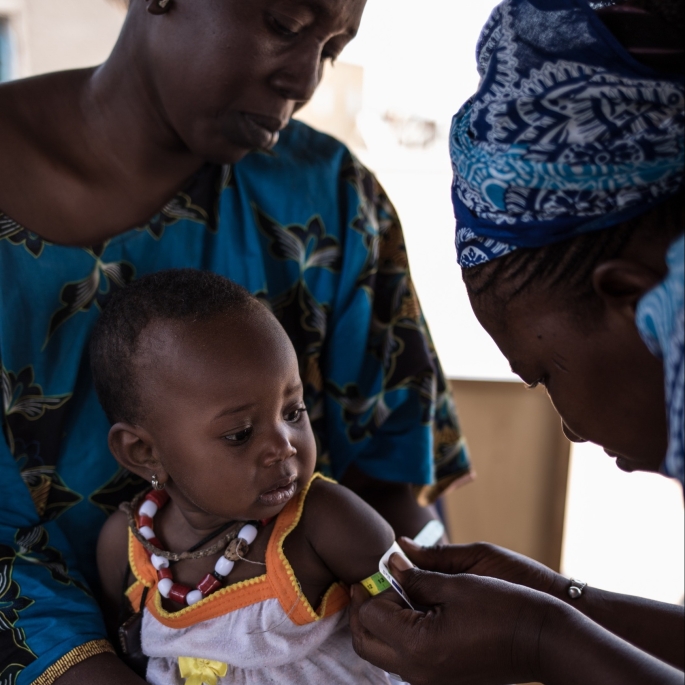
Action Against Hunger works to empower more people to detect and treat malnutrition in their own communities. Instead of relying solely on doctors and nurses in hospitals, we train community health workers, who are learning to not just screen, but treat malnutrition in the villages where they live and work. We’re also teaching volunteers and parents how to spot malnutrition at home, using a measuring band that acts a nutrition thermometer.

Together with partners, we are growing the movement to end hunger. We are taking our innovations to scale in the face of new challenges, including climate shocks, conflict, and emergencies like COVID-19. With as many as 783 million people facing hunger, it’s never been more important to find more cost-effective, proven solutions to treat hunger while tackling the underlying causes of hunger.
We take decisive action against the causes and effects of hunger.